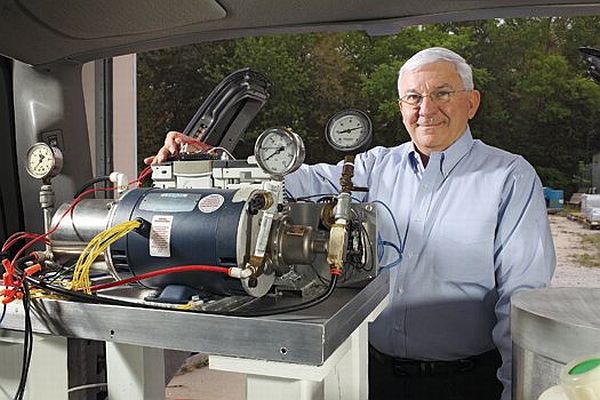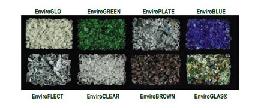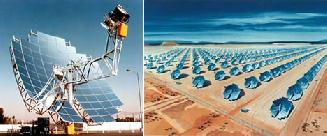 It is said that about 95% of water, that enters our houses, is flushed down the drain every day. With the rising concern of water scarcity, the world needs inventors like Namon Nassef to come with green innovations. He is credited with the invention of the ZLD or the Zero Liquid Discharge which is a sewage elimination system.
It is said that about 95% of water, that enters our houses, is flushed down the drain every day. With the rising concern of water scarcity, the world needs inventors like Namon Nassef to come with green innovations. He is credited with the invention of the ZLD or the Zero Liquid Discharge which is a sewage elimination system.
This is a device which treats galley and toilet water accumulated in ships and cruises to create clean and fresh usable water. It is actually a mini sewage treatment plant consisting of primary and subsequent stages. This has been developed as an installation in boats and ships to treat waste water. This machine uses the escaped energy in combustion engines (which accounts for around 70-65 percent) and performs the dual task of preventing water and energy wastage. Let’s take an insight as to how this technology works: when someone flushes down toilet water or or takes a shower, waste water this goes down the drain. It first enters the ZLD equalization tank where waste is ground into pieces of or less than the quarter of an inch in diameter.
The second stage takes place in the homogenizer where three sets of sharp blades dissolve the solids into 0.002 inch particles. This mixture of water and microscopic waste then gets pressurized or compressed by an injector pump and get sprayed into the engine’s exhaust system. As mentioned earlier, the escaping heat from the engine (with a temperature of at least 550°F) evaporates all the waste and oxidizes all the organic matter giving only CO2 and clear water vapor as the resultant products. The concept can not only be limited to water vehicles but also long journey roadsters like the RV or caravans also.
Another great potential industry where this can work wonders is the airplane industry where this zero liquid technology can replace the vacuum toilets. Nassef has taken a total of seven years to make this dream project materialize, which a core investment of hundreds of thousands of dollars (no particular estimate can be placed on the cost).
While the first attempt, which was an assembly of washing machine parts and a paint bucket, was the foundation of the basic concept, Nassef’s 11th version of his own design has actually been finally certified by the US Coast guard to be used as a marine sanitation device in 2007. Thus all the labor and hard cash that went into its materialization ultimately culminated into an award winning invention. Nassef was honored with the 2011 invention awards and his efforts and thoughts were acknowledged to the fullest potential.
Via: Popsci




